7 Interesting Things about Chinese Kitchens
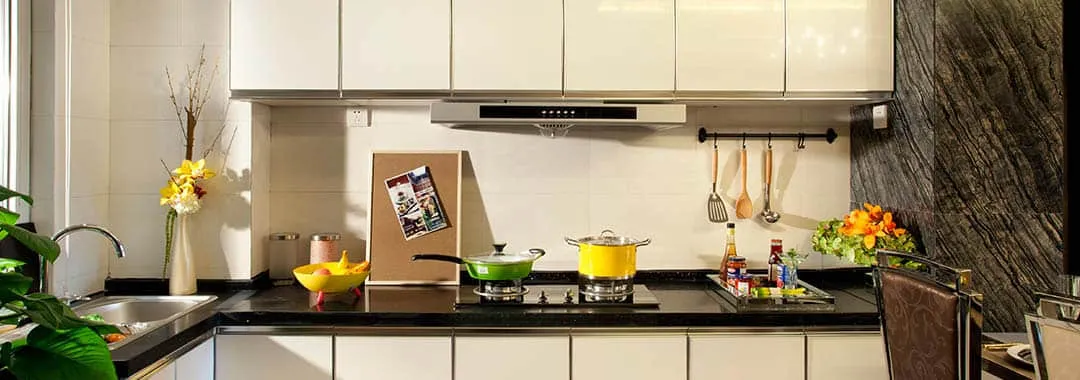
Not all kitchens in the world are the same, or even similar. It’s not just that cooking methods differ between nations; it’s that the layout, appliances, storage, etc. can be vastly different as well.
Major differences of kitchens in China verses most Western countries.
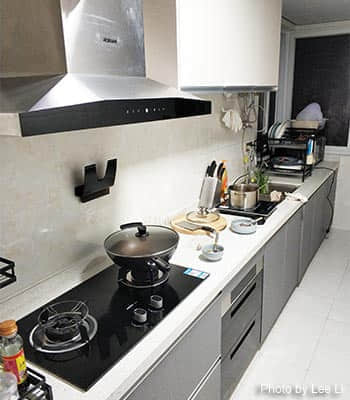
A typical Chinese family kitchen with Disinfection Cabinet (UV disinfection and drying function)
1. It’s not a dishWASHER – it’s a dishDRYER
When entering a typical middle-class Chinese kitchen, you’ll often find an appliance set under the counter that looks from the outside like a dishwasher. But don’t put your dirty plates in there and expect water to clean them up. This appliance is not a “washer”, but instead a “dryer”. Dish dryers super heat everything inside basically to the point of sanitation. Or, if you just don’t want to eat off of cold plates, the dryer will warm them up for you.
2. So, where’s the oven?
While a staple of most western kitchens, don’t expect to find an oven in China. The Chinese rarely bake. Chinese dishes are mostly made up of ingredients – like starches (noodles and rice), vegetables, and meat – that are already precut and mixed together before being served. This is why cooking in a wok makes sense. So, every kitchen has a stove, but usually that’s all. Counter-top toaster ovens are sold for those who need the ability to bake or toast.
3. Only two (maybe three) burners
And speaking of stoves, western kitchens usually have 4 to 6 burners on top as western food is mostly cooked separately (vegetables are cooked separately from the starch and meat). But Chinese stoves are mostly sold with only 2 large burners and maybe a small third burner to keep water warm. Some nicer stoves for more modern apartments may come with 4 or more burners, but it’s still fairly rare.
4. A long, thin, storage drawer?

Simple storage rack in Chinese kitchen
To the side of the stove most kitchens will come with a tall, narrow, double-decked drawer. Pulled out, the drawer has wire racks inside, not solid bottoms and the width of each rack is barely wider than a wine bottle. What could this be used for? While western kitchens rely mostly on dry herbs and spices, Chinese cooking often incorporate liquid flavoring – such as vinegars, cooking wines, soy sauces, flavored oils like sesame, chili sauces, etc. This narrow draw is perfect for holding these bottles and stored in a convenient spot. From drawer to pan is less than 1 meter (3 feet).
5. Why is the fridge outside the kitchen?
Ever went to the living room to pull out a cold beverage or grab some meat to make a sandwich? Few Western homes have refrigerators outside the kitchen since it makes sense to having the cold items close to where you need them for cooking. However, Chinese kitchens tend to be on the small side and thus not all have room inside to put a refrigerator – especially a refrigerator of any modern respectable size. Thus, for most Chinese, the purchase of a larger (or newer) refrigerator often means having to put it in another room.
6. The cleaver is king
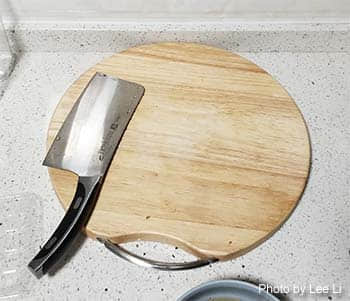
Cleaver and round wooden chopping blocks
Most western kitchens use an assortment of knives of all different shapes and sizes used for varying cutting purposes. However, in most Chinese kitchens, you may only find one or two knives, and each will probably be a different sized heavy-metal, razor-sharp cleaver. Chinese cooks can slice, dice, chop, and mince nearly anything with a 5lb. cleaver – they’re not just for hacking through chicken bones.
7. Yes, they really have round, wooden chopping blocks
You may have only seen a chopping block in the movies, on TV, or in an Asian restaurant, but most Chinese kitchens have them. Flat, thin cutting boards grace nearly all western kitchens, but the Chinese seem to prefer something much heavier and longer lasting.
When traveling in China, try to find opportunities to visit people’s homes to see these differences for yourself. Many good quality tours from reputable companies will offer travelers the chance to visit regular people’s homes so you can see how that particular family really lives.

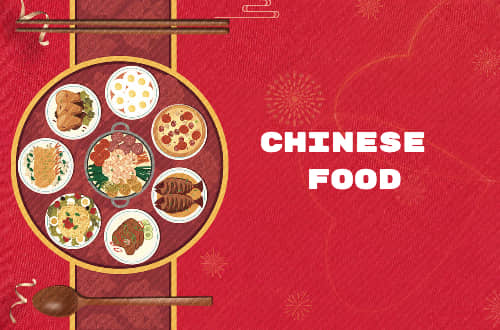 Chinese Food and Related Customs
Chinese Food and Related Customs 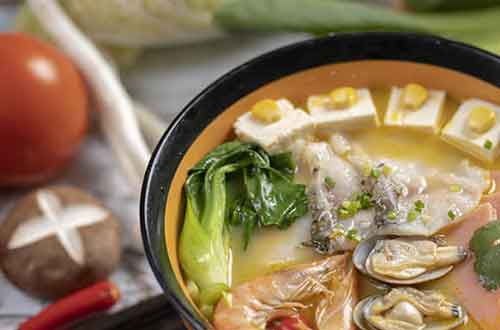 Chinese Food and Health
Chinese Food and Health 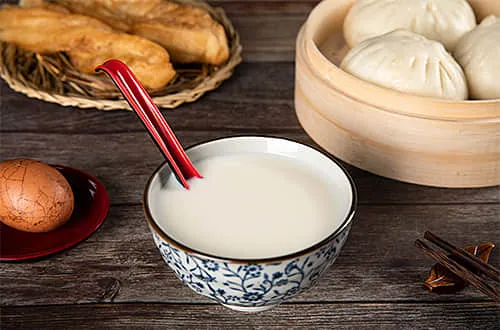 What the Chinese Eat for Breakfast
What the Chinese Eat for Breakfast 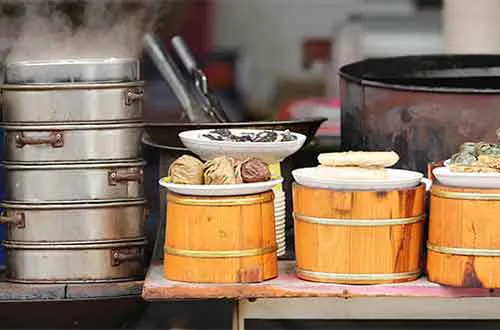 Chinese Cooking Methods
Chinese Cooking Methods